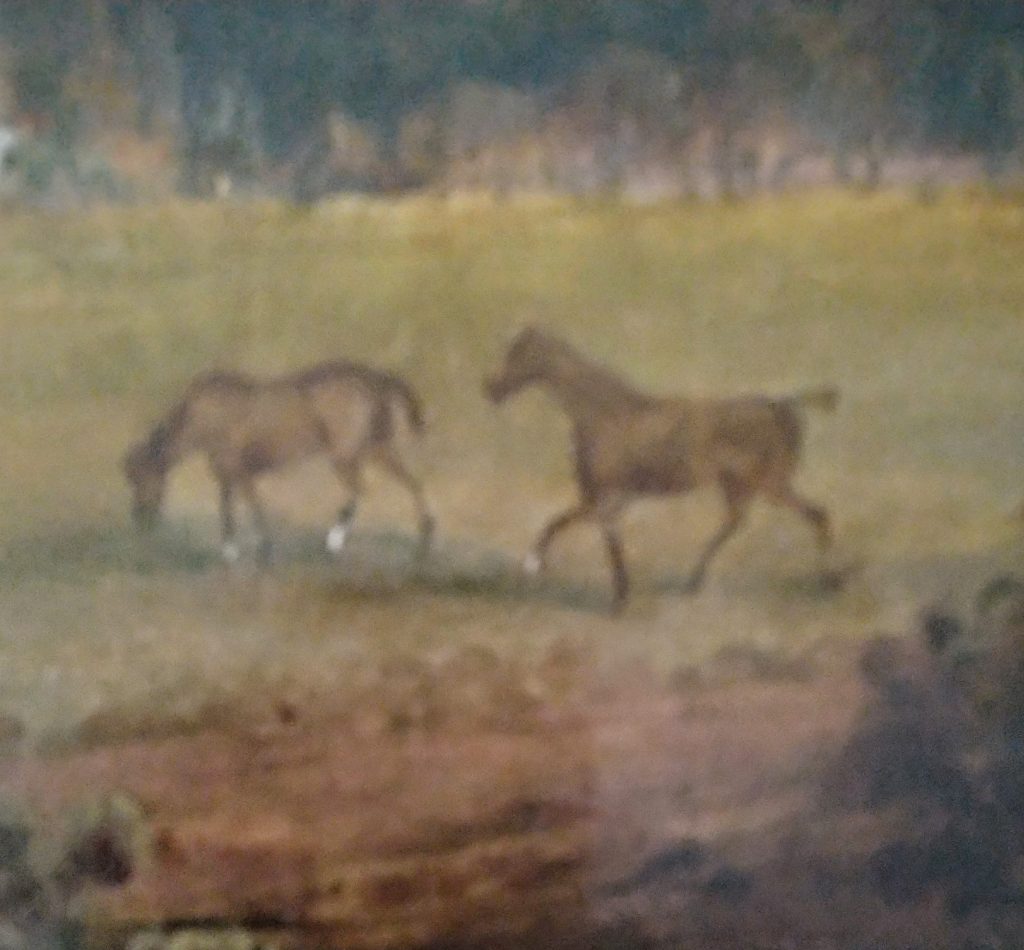Homeless in England
Once back in the UK, the little family needed a home. The houses in Midlothian had been sold, so they rented, moving a couple of…
Read more...The blog features historical and archaeological material relating to the localities and inhabitants of Whitehill, Roseburn, Tillicoultry, Loanhead, and elsewhere.
Once back in the UK, the little family needed a home. The houses in Midlothian had been sold, so they rented, moving a couple of…
Read more...When Arthur Balcarres came home from the First World War, he was not a well man. Nevertheless, he married The Hon Mary Alexandra Fraser in…
Read more...Lady Louisa Hay This gorgeous portrait by Daniel MacNee definitely shows her off as a cherished married woman, wife, wearing a lovely Paris outfit, and…
Read more...I’m always thrilled to spot gravestones that record Ramsays, and this one in Clermiston Cemetery does even better. The faded lettering refers to Matilda Learmonth,…
Read more...Seldom do we not know the names of male portraits, unlike female portraits whose identities are soon forgotten.Anyway, this miniature is clearly a momento for…
Read more...For centuries, letters were secured with wax seals which were stamped with appropriate designs. Three seals survive, the oldest may indeed have started as a…
Read more...Arthur Balcarres Wardlaw Ramsay was apparently taken back to discover that his Wardlaw ancestors had been far more eminent than the Ramsays whose papers he…
Read more...This delightful portrait was acquired by the National Gallery of Scotland. It’s of Katherine Hall of Dunglas, and was painted in 1736, just before Allan…
Read more...Admiring Sir John’s fine suit of armour leads me to take another look at his son’s breastplate. Sir Andrew’s appears to consist of overlapping copper…
Read more...It’s always a happy moment when an old portrait comes back from the restorer looking a million dollars! This is especially the case with our…
Read more...The medieval church was under Ramsay patronage, so deceased family members were presumably buried inside the church. Thus, when it was demolished in 1711, a…
Read more...The sun was shining as I walked along the newly-mown lane to the old cemetery. To my surprise, the whole area had been mown, exposing…
Read more...First, James arranged to borrow 3000 merks from William Robertsone of Edinburgh (Bond dated 20 August 1664) to pay the fee. When the Patent was…
Read more...Large families were ideal, given the high mortality rate. Male heirs were essential for preserving the baronetcy (purchased 1665) so younger sons were important. William…
Read more...The previously hidden necklace Who knew this necklace had a story to tell? First of all, it was discovered by the restorer, who removed a…
Read more...A letter from Archibald Campbell dated Wednesday morning lands in Whitehill, reminding Major Ramsay that his Grieve has delivered only 2 carts of coal to…
Read more...The defence strategy adopted in 1798 was to present the invaders with a desolate hostile landscape, empty of people, animals, houses and crops. The Pioneers…
Read more...We meet all the adult male inhabitants of Bannockrig in one schedule. The list features 52 names, many of them related. For instance, the first…
Read more...We’re told that agricultural labour relations were changing radically at this time. Farms were being reorganised into larger divisions, tilled by servants, many of them…
Read more...
Two schedules provide information about small farmers. One lists a group of 14 men, who include 5 Wilsons and 2 Ramages, living on 6 farms….
Read more...